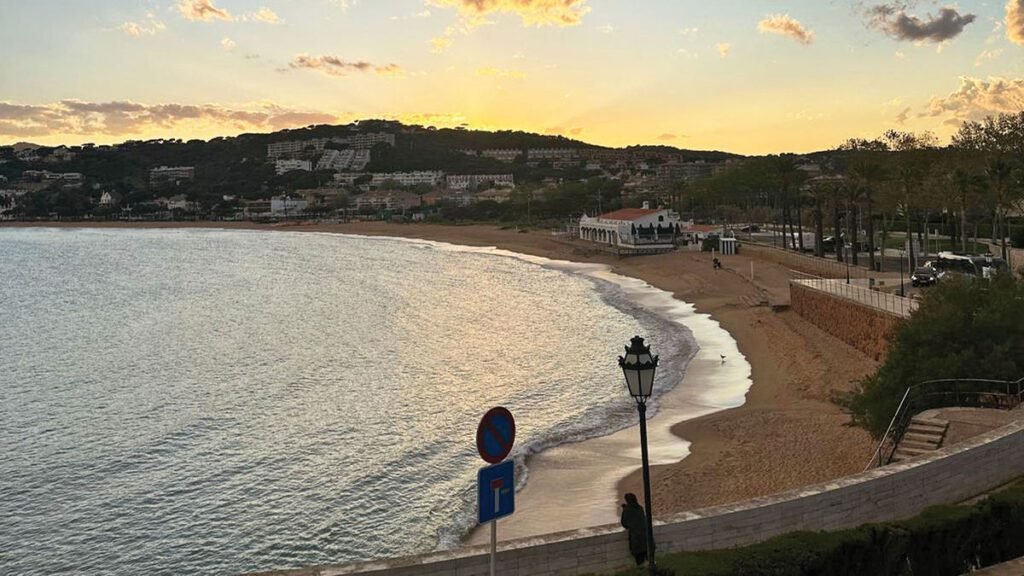As summer commences, southern Europe is witnessing a resurgence of protests against mass tourism. Once more, residents of Barcelona have been spotted spraying tourists with water guns, voicing their frustrations over the overwhelming influx of visitors.
This year, many travelers are opting for less popular destinations or planning their trips during off-peak periods. This shift is largely due to tour operators and travel advisors actively redesigning itineraries to promote sustainable tourism practices.
The issue of overtourism is becoming increasingly serious, a problem that reached a breaking point last summer. Protesters in Barcelona first turned to water guns, a tactic that resurfaced on June 15 during a series of demonstrations held in Lisbon, Mallorca, and Venice aimed at raising awareness about tourism’s impact on local communities.
Striking a balance between attracting tourists and addressing local needs is challenging for cherished tourist destinations. Jungho Suh, a teaching assistant professor of management at the George Washington University School of Business, describes this dilemma as a “conundrum.” While some locations are working to promote lesser-known sites, many tour operators are taking the initiative themselves.
G Adventures is actively steering away from the beaten path, offering alternative options for experiencing popular locations. According to Yves Marceau, the product vice president of G Adventures, the company limits its time spent in hotspots like Barcelona and Rome, while collaborating with local organizations to foster positive community interactions. For instance, G Adventures partners with Migrantour Rome, offering tours led by migrants, which present a unique, intercultural experience rarely available to traditional tourists.
Intrepid Travel has also adjusted its itineraries in response to overtourism concerns. Leigh Barnes, president for the Americas at Intrepid, noted that the company avoids peak times at popular sites by visiting the Dubrovnik city walls in the evenings when crowds are thinner. Moreover, on the Amalfi Coast, they have replaced visits to the overcrowded Positano with the quieter town of Minori.
“In destinations like Venice and Barcelona, our partners are witnessing firsthand the social and environmental challenges posed by mass tourism,” stated Barnes. He emphasized the importance of empowering tour leaders to design itineraries that steer clear of overloaded hot spots, favoring less-traveled neighborhoods and off-peak travel solutions.
Last year marked a significant turning point for overtourism, as an Intrepid survey revealed over 60% of Americans are now seeking alternative destinations, often referred to as dupes. Many travelers are moving away from merely ticking off bucket-list destinations.
Alex Bentley, head of product at Audley Travel, highlighted an increased demand this year for clients wishing to avoid peak travel times in busy sites. More customers are seeking to visit lesser-known areas, swapping the Douro Valley for the lesser-explored Alentejo region in Portugal.
“Our country specialists guide clients and their travel advisors, explaining the benefits of including off-the-beaten-path locations that offer experiences rivaling those of more popular sites,” Bentley remarked. “And generally, clients are thrilled with these suggestions, as it leads to a more authentic experience.”
He recommends alternatives like Syros or Tinos instead of Santorini in Greece, and suggests visiting popular sites during the offseason.
Imago Artis Travel, a travel agency based in Italy, aims to connect well-known attractions with hidden gems. Co-founder Fulvio De Bonis explained that they strive to create unique experiences, such as visiting private homes after touring the Vatican. Imago collaborates with local vendors—like secretive truffle hunters or art restoration workshops not typically open to the public—to enhance the travel experience.
The Local Sentiment: Understanding the Protests
Miriam Martinez, a Portugal-based travel advisor at Revigorate, noted that her clients have expressed concerns about traveling amidst the protests. However, she clarified that the protests focus more on opposition to short-term rentals than a blanket anti-tourism sentiment.
“It’s not the tourists we’re upset with; it’s the government’s handling of tourism alongside other pressing issues,” Martinez stated. “The influx of tourists leads to a rise in overall living costs, but we need tourists to keep coming. The real problems lie elsewhere.”
Similar to tour operators, Martinez endeavors to balance her clients’ travel objectives, often suggesting popular destinations like Barcelona while also promoting less-visited areas, such as Spain’s Costa Brava.
“It’s about finding that equilibrium,” she concluded.



